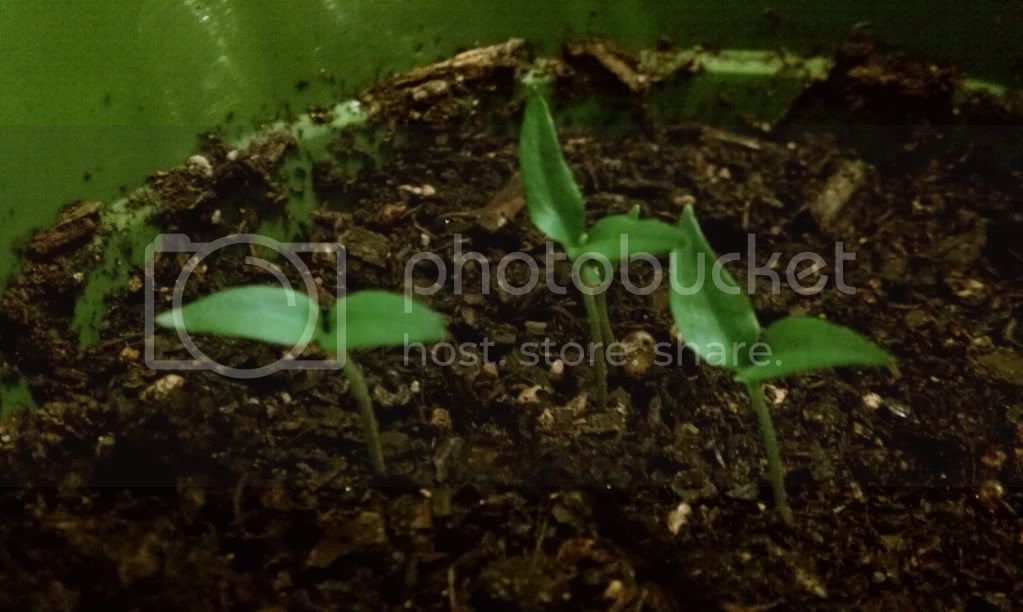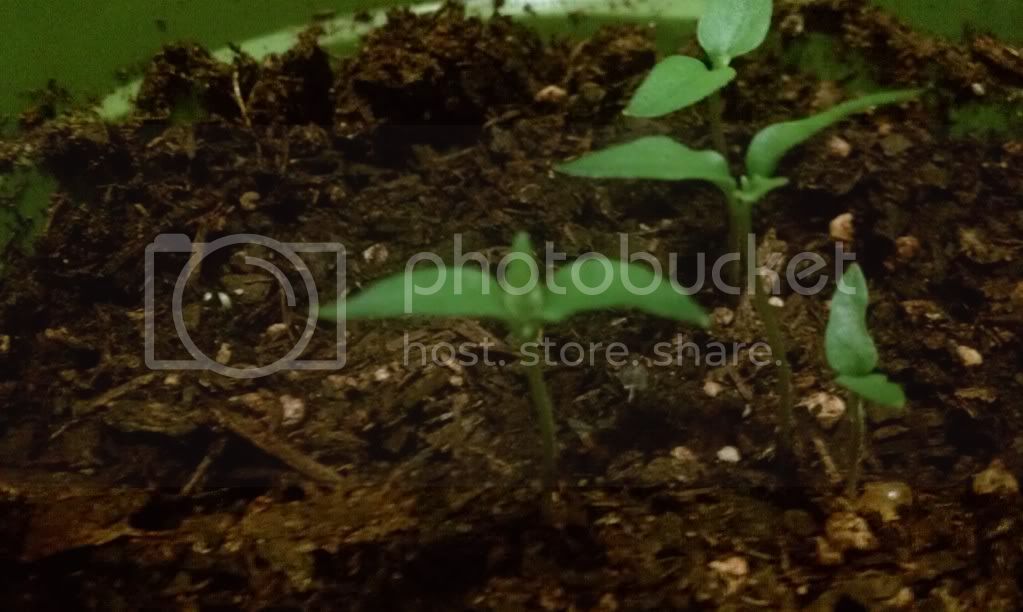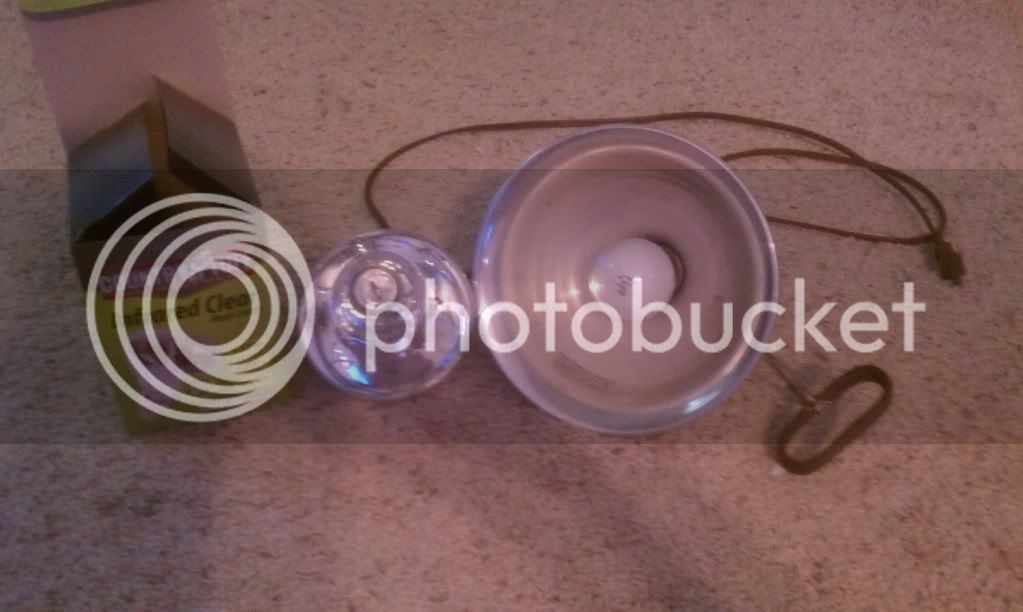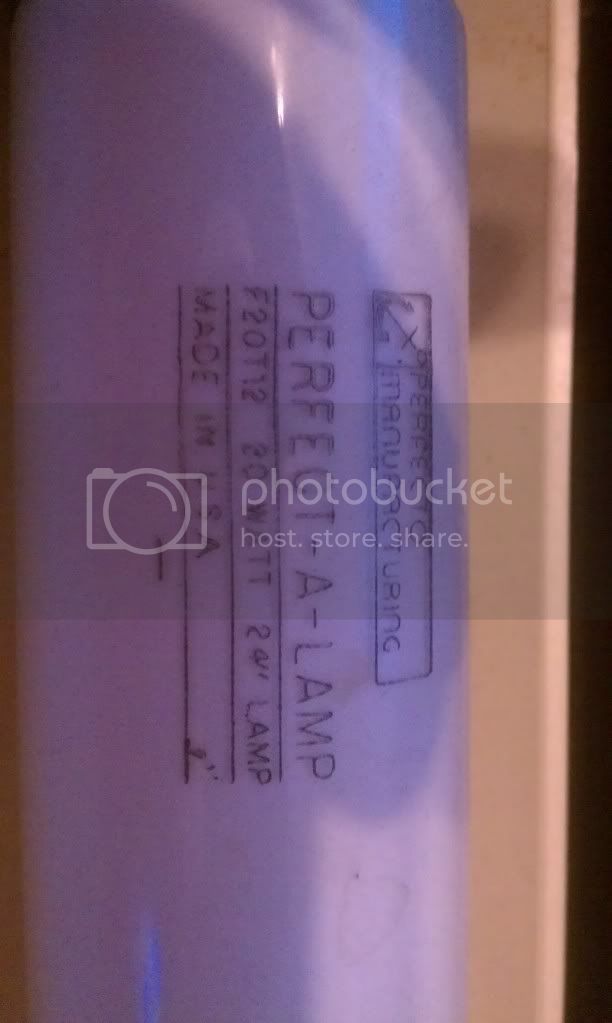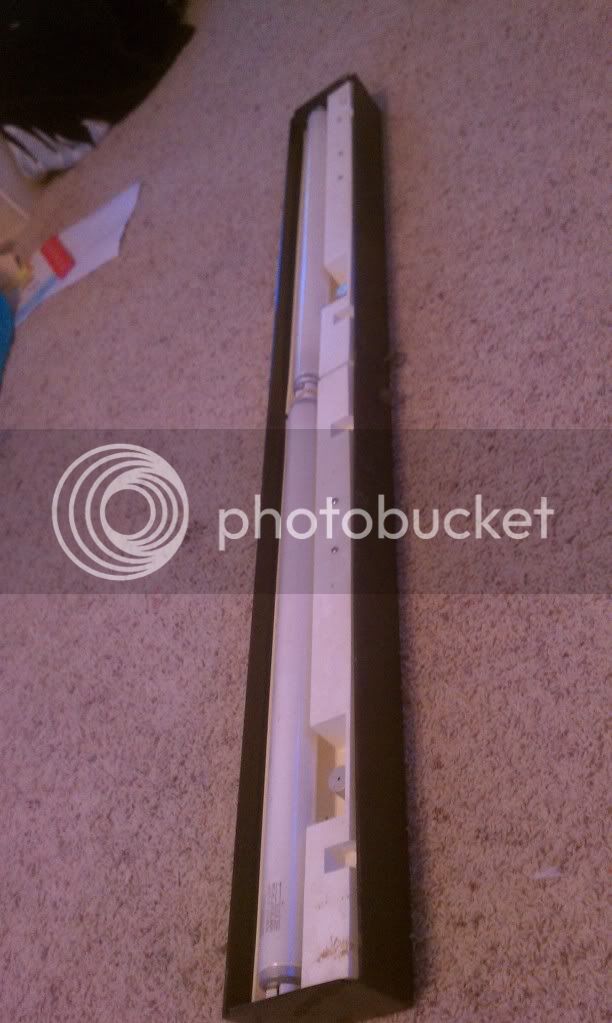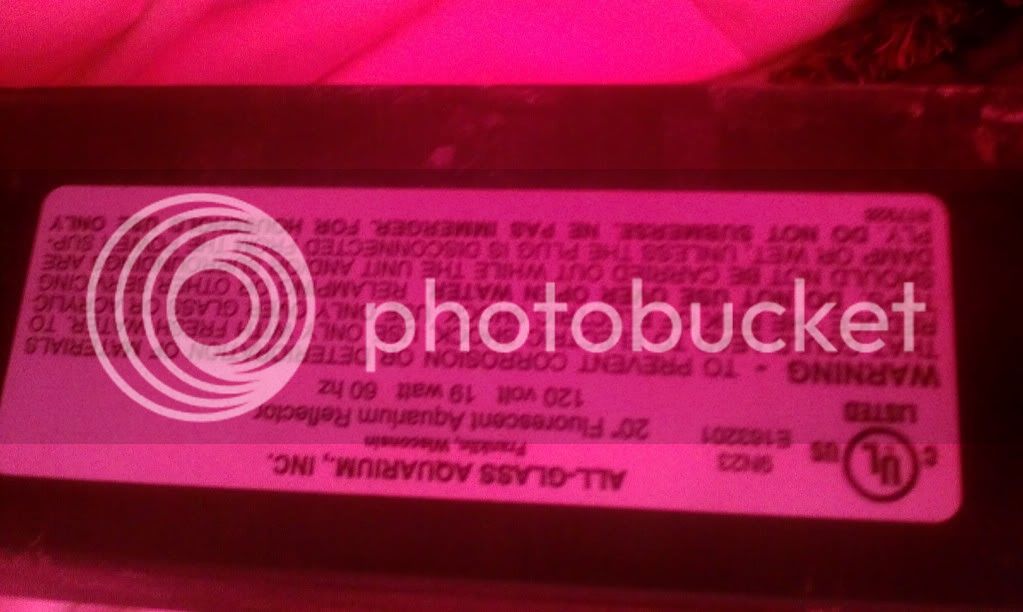3. What is the difference between MH and HPS with regards to plant growth? MH lamps provide more of the blue/green spectrum, which is ideal for leafy crops, and/or plants that are in a vegetative (actively growing) stage. MH lamps provide a more natural appearance in color and are typically the choice for plants that have little to no natural light available. HPS lamps provide more yellow/orange/red spectrum, which is ideal for most plants that are actively fruiting and flowering. In addition, HPS lighting is the choice for growers looking to supplement natural sunlight. Ideally, the horticulturalist will use MH to grow their plants and HPS to fruit and flower their plants.
4. What is the difference between HID and Fluorescent lighting with regards to plant growth? Traditionally, fluorescent lighting was used for seedlings, cuttings and plants with low light-level requirements and HID was used for established plants and plants with higher light-level requirements. Advances in fluorescent lighting technology, however, have provided more options for horticulturists. T5 fluorescent lighting is the latest in plant growth lighting. T5's high-light output combined with its low heat and energy consumption makes it an ideal light source to grow a broader array of plants.
5. What are the benefits of using T5 fluorescent lighting for plant growth? T5 lamps provide the ideal spectrum for plant growth. Photosynthesis rates peak at 435 nm and 680 nm. A 6500K T5 lamp has a spectral distribution with relative intensity peaks at 435 nm and 615 nm. This equates to very little wasted light energy in terms of plant growth. T5 lamps promote incredible health and vigor of seedlings and cuttings. Root development is superior relative to other lighting sources. While T5 lighting is excellent for starting seeds and cuttings, it's also able to produce enough light for full term growth. Because of their minimal heat output, T5 lamps can be placed 6" - 8" above the plant canopy which maximizes photosynthetic response. Unlike conventional fluorescent lamps, plants grown under T5 lamps do not have to be rotated to the center of the lamp. T5's slim diameter enables better photo-optic control of the emitted light, increasing efficiency in the form of even light distribution.
Environmental Impacts of T5 (at a glance):
o T5 lamps have a diameter of 5/8" - smaller is better when it comes to manufacturing, transportation and disposal.
o Reduction in raw materials and components needed for manufacturing.
o Reduction in lamp and fixture packaging materials due to relative size.
o T5 are constructed of 40% less glass than T8.
o T5 contain 30% less phosphor than T8.
o T5 contain 3mg of mercury. 70% less than T8.
o Longer lamp life means reduced maintenance cost and less going to the landfill.
